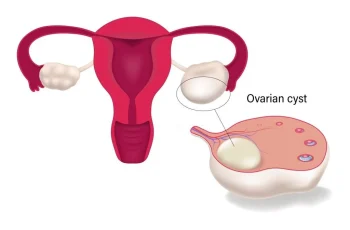Perimenopause, the transition to menopause, brings fluctuating hormones and symptoms like irregular periods, hot flashes, and mood swings, typically starting in a woman’s 40s. Hormone replacement therapy (HRT) and birth control pills are common treatments to ease discomfort, but choosing between them depends on individual health factors.

HRT replenishes declining hormones (e.g., estrogen) via pills, patches, or creams, targeting symptoms like hot flashes and vaginal dryness while supporting bone health. Birth control pills, with estrogen and progestin, regulate cycles and relieve symptoms, often suiting younger perimenopausal women up to age 50. After 50, HRT may be preferred.
Decisions hinge on medical history and risks. Conditions like estrogen-related cancers or cardiovascular issues may rule out HRT, while smoking or obesity heightens caution with estrogen-based options. HRT benefits include symptom relief and osteoporosis prevention but carries risks like bleeding, headaches, and potential cancer links. Birth control pills offer cycle control and symptom relief, with rare risks like thromboembolism or breast cancer.
Healthcare providers play a key role, assessing symptoms, history, and risks to tailor treatment. For women with a uterus, HRT requires progestogen to prevent endometrial cancer; post-hysterectomy, it’s unnecessary. Complementary options like black cohosh or soy phytoestrogens may help, though evidence is limited—consultation is advised. Combining HRT with estrogen-based birth control is risky, but progestogen-only methods may complement HRT.
Navigating perimenopause demands balancing HRT and birth control benefits against personal risks. With informed discussions and medical guidance, women can manage symptoms effectively and maintain well-being.




